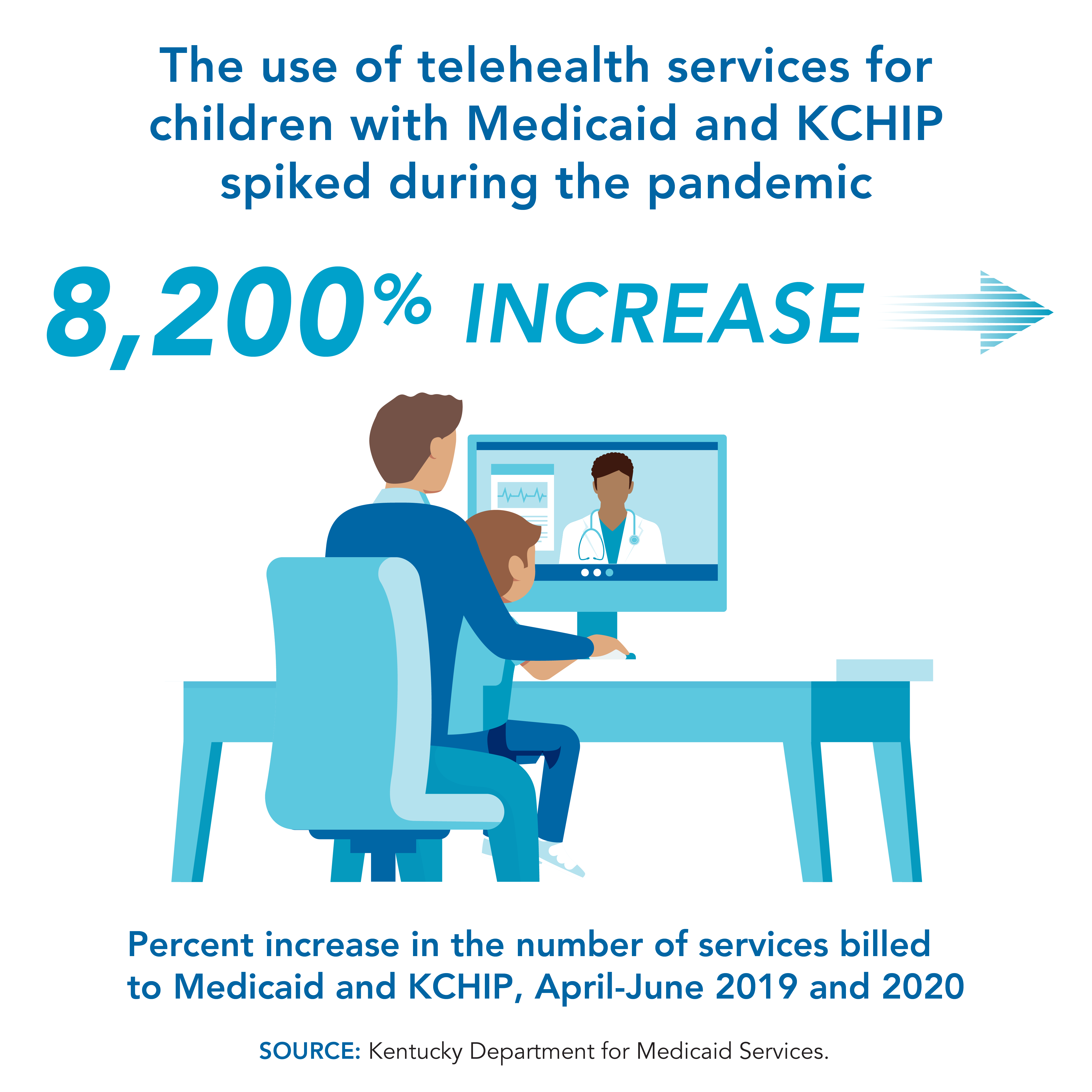
Across the Commonwealth, in urban and rural settings, children and families of all races and ethnicities experienced significant challenges in 2020. Kentucky Youth Advocates recently released the 30th edition of the Kentucky KIDS COUNT County Data Book, which sheds light on the impacts of the dual pandemics of COVID-19 and systemic racial injustice on children and families. Also, the data book highlights the most recent data across 17 measures of child well-being including data for all 120 Kentucky counties. The data looks at these measures from the last five years to determine whether outcomes for children across the commonwealth have improved, worsened, or stayed the same. While not all of this data is reflective of the current conditions for families amidst the COVID-19 crisis, it does indicate pre-existing barriers and areas of needed improvement.
Within the health indicators there’s good and bad news to share. Below is a full recap of the health indicators.

From April to September 2020, the data does show a significant drop of children of all ages receiving vaccinations during the pandemic compared to the same time period the previous year. This is concerning as it puts children at increased risk for preventable illnesses. The data book also highlights an increase in the use of telehealth among children receiving Medicaid and KCHIP with its use jumping by 8,200 percent compared to 2019. Whether a family is in a rural or urban community, this allows individuals to access their healthcare providers for vital services from a safe distance.
Although the number of Kentucky children with health insurance was improving pre-pandemic, rising from 93.5 percent in 2013 to 96.3 percent in 2018, significant racial disparities remain. Among Kentucky’s youth population, Latinx children were less likely to have insurance compared to their White or Black peers. Latinx youth under the age of 19 were insured at a rate of 90.8 percent compared to 97.1 percent and 95.9 percent for their Black and White peers.
Other health highlights include:
- The percentage of new mothers in Kentucky who reported smoking during pregnancy dropped to 17.8 percent in 2016-18 from 20.4 in 2011-2013.
- The teen birth rate dropped from 40.4 per 1,000 females age 15-19 in 2011-2013 to 28.2 in 2016-2018.
- The rate of low weight births increased to 8.9 percent in 2016-2018, up from 8.8 percent from 2011-2013. The increase is concerning because birthweight correlates with a child’s future social and motor development and overall health.
- Food insecurity remains a problem for Kentucky’s children. In 2018, 191,000 Kentucky children lived in a food insecure household. Children experiencing food insecurity are more likely than others to have poorer physical and oral health, cognitive problems, behavioral problems, and anxiety.
The 2020 KIDS COUNT County Data Book offers detailed information on the health of Kentucky’s children. The book is a useful tool for policymakers and professionals to improve the lives of Kentucky’s children. Check out the 2020 County Data Book, access the data profile for your county, order a copy of the data book, and the updated Data Dashboard, including data disaggregated by race/ethnicity.





